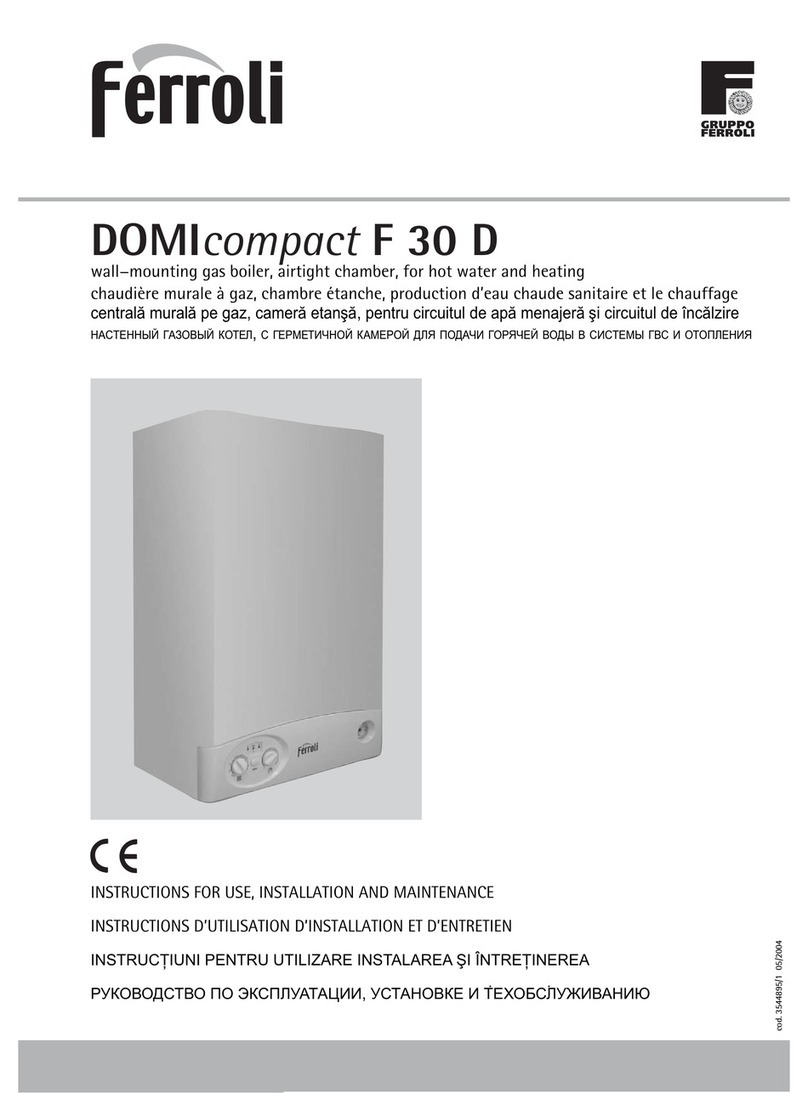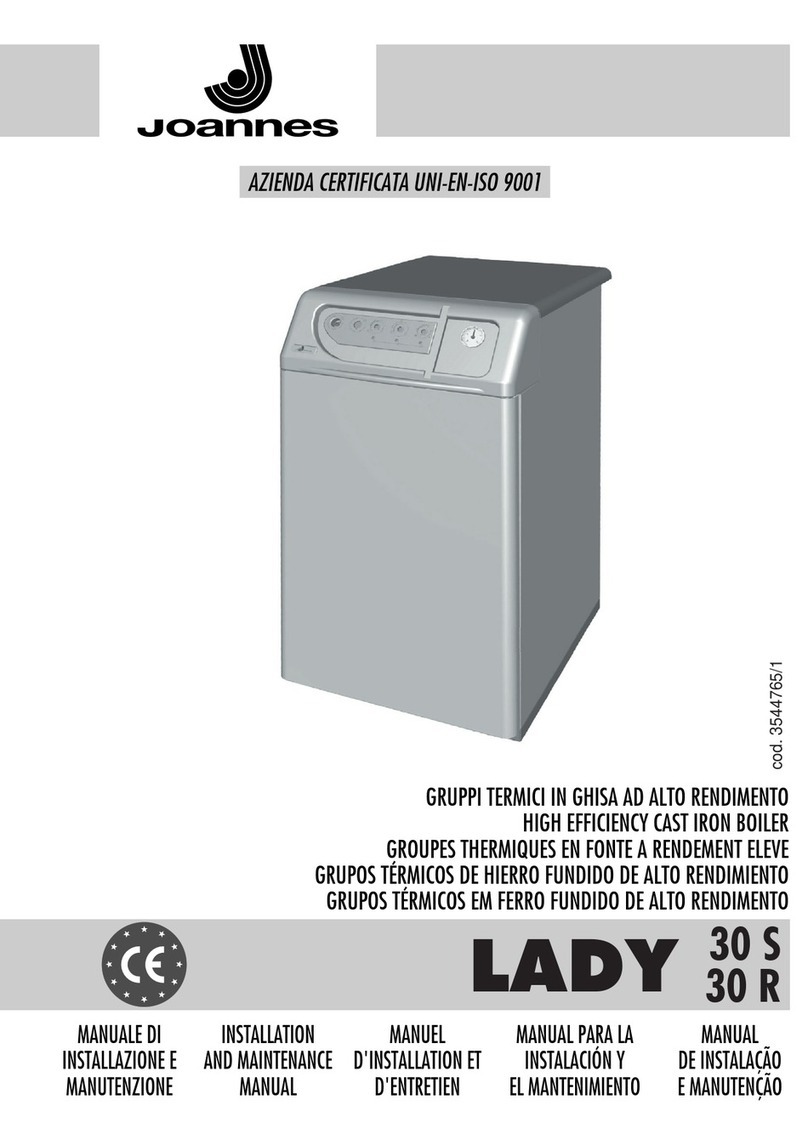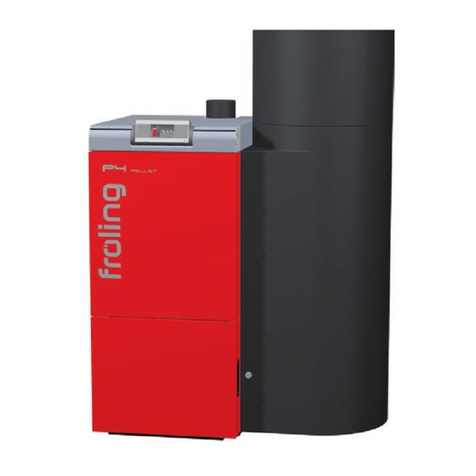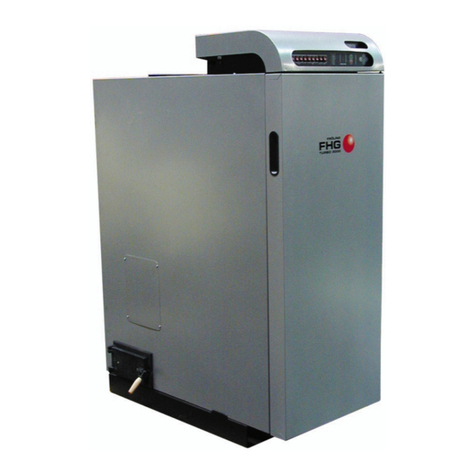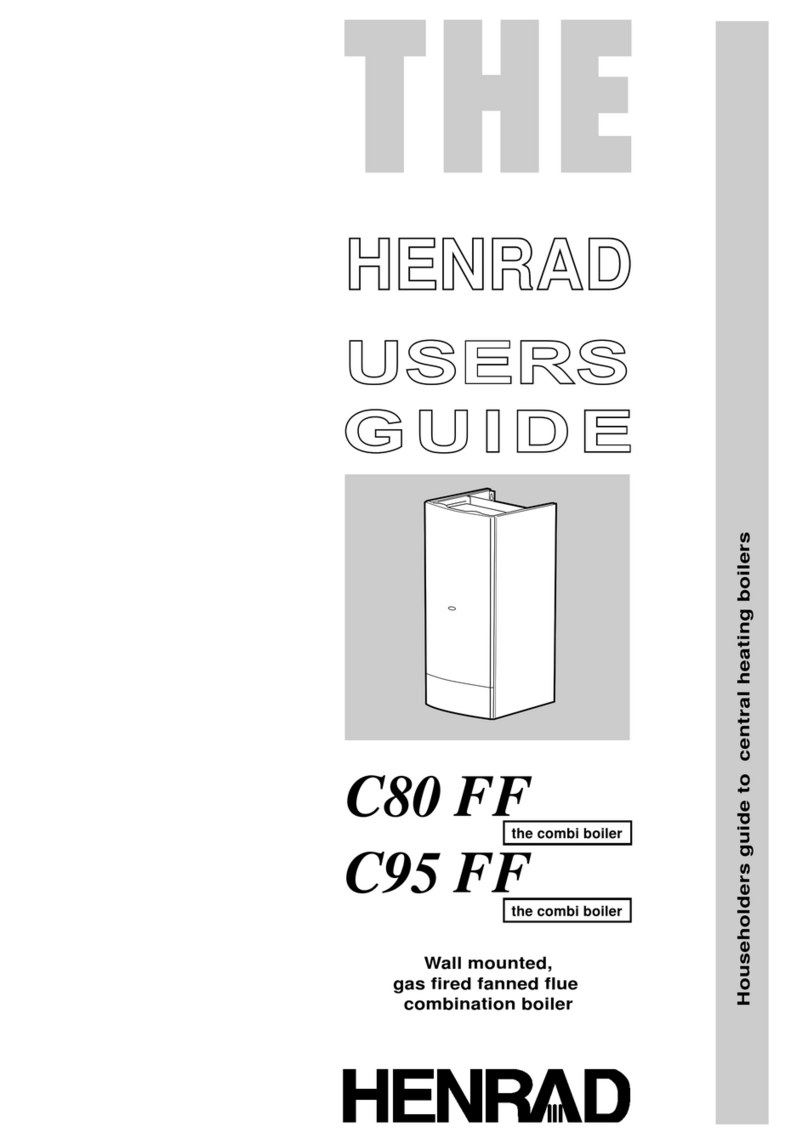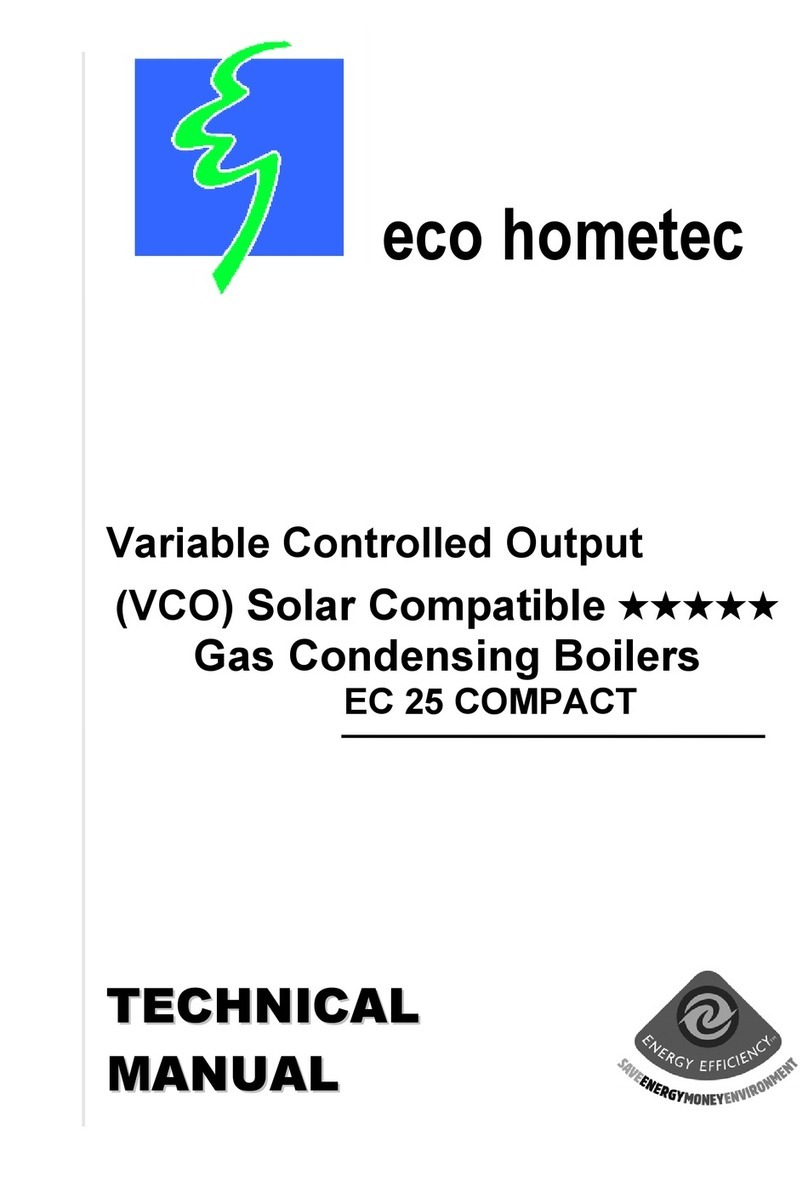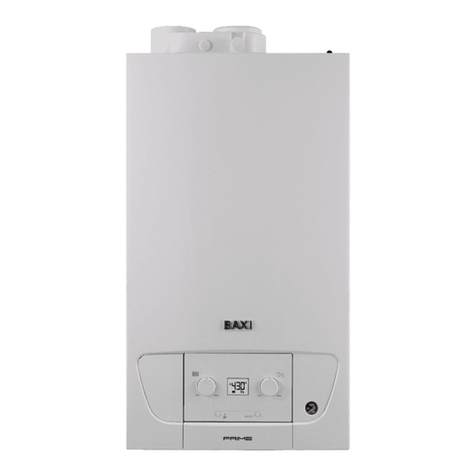Door handle
Please ensure you use a protective glove when opening the the door on this applicance as it may become hot while in use.
User Instructions
DO NOT USE YOUR BARE HAND TO OPEN DOOR WHILE THE STOVE IS IN USE
Properly installed, operated and maintained, this appliance will not emit fumes into the room. Occasional fumes from de-ashing and
refuelling may occur. Persistent fume emission is potentially dangerous and must not be tolerated.
If fume emission does persist:
• Open doors and windows to ventilate the room.
• Leave the room.
• Allow re to burn out and safely dispose of fuel from the appliance.
• Check for chimney blockage and clean if required.
• Do not attempt to relight until the cause of the emission has been identied and corrected
• If necessary seek expert advice.
All open ued appliances can be aected by temporary atmospheric conditions which may allow fumes to enter the house. Because of this an electron-
ic carbon monoxide detector conforming to the latest edition of BSEN50291 must be tted in the same room as the appliance. The existence of an alarm
must not be considered a substitute for ensuring regular servicing and maintenance of the appliance and chimney system. If the alarm sounds follow
the instructions given under Warning above.
Recommended Fuels
Wood logs - Burn only seasoned timber with a moisture content of less than 20%. To ensure this allow cut wood
to dry for 12 to 18 months. Poor quality timber causes low combustion eciency, produces harmful condensa-
tion, reduces eectiveness of the airwash and life of the appliance. DO NOT burn construction timber painted,
impregnated / treated wood, manufactured board products or pallet wood. Wood length max 200mm, and
100mm in diameter.
Solid fuel - Burn only anthracite or manufactured briquette smokeless fuels listed as suitable for use with closed heating appliances.
DO NOT burn bituminous coal, ‘petro-coke’or other petroleum based fuels as this will invalidate the product warranty.
Lighting the Stove
We recommend that you have two or three small res before you operate your stove to its maximum heat output. This is to allow the paint to cure in
steadily and to give a long service life of the paint nish. During this curing in process you may notice an unpleasant smell whilst the nishes nally
cure. It is non-toxic, but for your comfort we would suggest that during this period you leave all doors and windows open.
First, open the primary and secondary air wash control fully. Load the rebox with plenty of starting fuel, i.e. paper, dry sticks and/or
relighters. Light the re at the base leaving the primary and secondary air control fully open. Leave the door slightly ajar for 10 minutes to enhance
initial starting and reduce smoke emission – DO NOT leave the stove unattended if the door is left ajar. Allow the fuel to reach a steady glow and build
the re up gradually by adding a few small sticks or well split logs at a time. Once you have a good re bed
established across the grate, further fuel can be added step by step as required. Don’t be tempted to overload the re bed with fuel all at once or close
down the air controls too much until the re is really well established for some time. Once the ignition period is well under way close the primary air and
gradually reduce the secondary air wash control opening to establish the burning intensity you require (usually open 25% approx.).
Re-fuelling
When burning wood, the re will die down as the fuel is consumed. When the ames disappear and the remainder is breaking down into glowing
embers it is an appropriate time to consider re-fuelling. Note: If the ames disappear and there are still lumps of solid wood left this indicates excessive
moisture in the wood or insucient air supply/ue draught.
Note: To eliminate unwanted smoke emission, after loading new logs on to the re, open the air wash control up fully for 1-2 minutes to boost the
re and get ames issuing from the top of the fuel as soon as possible. When ames are well established, reduce the air wash to the running setting
required. Burning without ames above the fuel will create unnecessary smoke. Do not load fuel above the tertiary air inlet holes at the back of the
rebox.
Loading 1 to 2 medium sized logs will produce a good output with reasonable burn time, generally small logs will burn up quicker
producing a high output for a short time and a large log will take longer to burn and produce less output over a given time.
This appliance is approved for intermittent operation on wood (0.75 to 1.5 hour burn cycles) although much longer burn times can be achieved by fully
loading the rebox, getting the fuel burning well and then shutting the air controls down. The re will then often need
reviving by rst de-ashing and then using small pieces of wood and plenty of air to get ames issuing from the wood again.
Directly after refuelling it was necessary to operate with the secondary air fully open for a period 3 to 5 minutes before closing to the
desired setting
Refuelling on to a low re bed
If there is insucient burning material in the rebed to light a new fuel charge, excessive smoke emission can occur. Refuelling must be carried out onto
a sucient quantity of glowing embers and ash that the new fuel charge will ignite in a reasonable period. If there are too few embers in the re bed,
add suitable kindling to prevent excessive smoke
Fuel overloading
The maximum amount of fuel specied in this manual should not be exceeded, overloading can cause excess smoke.
Operation with door left open
Operation with the door open can cause excess smoke. The appliance must not be operated with the appliance door left open
Dampers left open
Operation with the air controls or dampers open can cause excess smoke. The appliance must not be operated with air controls or dampers door left
open except as directed in the instructions
